Arctic Packages are specifically designed to help keep your RV warm in freezing temperatures and protect its components from potential damage. There are several must-check features you need to consider when purchasing an Arctic Package for your RV. These features ensure your vehicle can withstand the harsh winter conditions and keep you warm and comfortable throughout your journey.
Key Takeaways
- Arctic Packages provide essential cold-weather protection for RVs.
- Be sure to examine the insulation, heating systems, and other features before purchasing.
- Find the right RV model with these features and have a comfortable winter adventure.
Understanding Arctic Packages
What is an Arctic Package?
An Arctic Package is a set of features and upgrades specifically designed for RVs to withstand and perform efficiently in cold weather conditions. The primary focus of these packages is to provide enhanced insulation, a sealed underbelly, and heated and enclosed holding tanks to maintain a comfortable temperature inside the RV. I have noticed that Arctic Packages also include additional features such as PEX plumbing pipes and double-paned windows to help in cold weather camping.
Benefits of Arctic Packages
Arctic Packages offer numerous benefits to RV owners who plan to camp in colder climates. The most obvious advantage is the extra insulation that helps keep the interior warm and cozy. Not only does this make for a more comfortable stay, but it also helps save on heating costs during those chilly nights.
Another critical aspect of the package is the sealed underbelly, which prevents cold air from entering the RV through the floor. This is particularly helpful when driving on wet or icy roads. Additionally, the underbelly is thoroughly sealed to protect internal components from corrosion and damage caused by snow, ice, and debris.
Cold weather camping can be a challenge for many RVs as freezing temperatures can cause holding tanks and pipes to freeze and potentially burst. With Arctic Packages, heated and enclosed holding tanks ensure that the water and waste systems continue to function without any disruption, even in sub-zero temperatures.
Lastly, the use of PEX plumbing pipes is noteworthy, as these pipes are more resistant to freezing and cracking when compared to conventional PVC or copper pipes. This further alleviates any concerns about burst pipes during those long, cold camping trips.
To sum up, investing in an Arctic Package for my RV has proven to be a wise decision. Not only does it improve the overall RV experience when camping in colder climates, but it provides peace of mind knowing that I have the right protection and support to handle those harsh winter conditions.
Essential Arctic Package Features
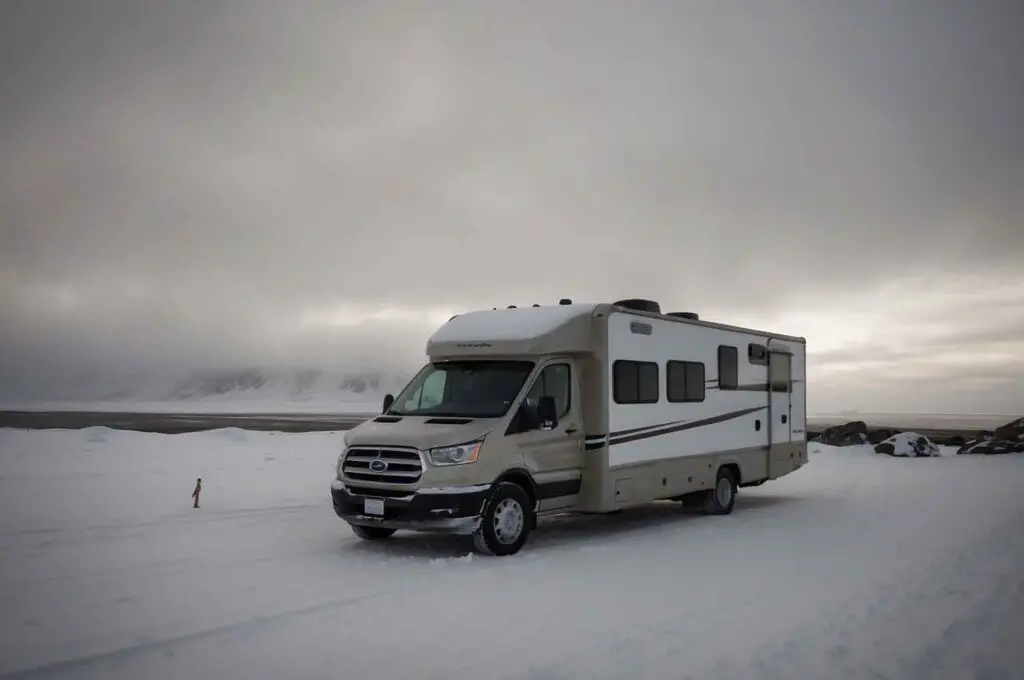
Insulation and R-Values
One of the most crucial elements of an Arctic package is quality insulation. Look for materials like Azdel instead of traditional Luan, which offers better thermal performance and durability. Insulation reduces heat transfer and helps maintain a comfortable temperature inside the RV during cold weather. Don’t forget to inquire about the R-values of the insulation; higher R-values indicate better insulating properties.
Heated Plumbing Systems
A heated plumbing system is essential for preventing frozen pipes while RV-ing in cold climates. Look for RVs equipped with Lippert frames, as they often feature high-quality components, including heating systems. These systems may include the use of PEX plumbing pipe, which is more resistant to freezing than conventional PVC materials.
Dual Pane Windows
Dual pane windows play a significant role in insulation, as they consist of two layers of glass separated by a sealed air gap. This design improves thermal efficiency, offering better heat retention during cold weather. When selecting an RV with an Arctic package, ensure it comes with dual pane windows to maximize warmth and energy efficiency.
High-Capacity Furnace
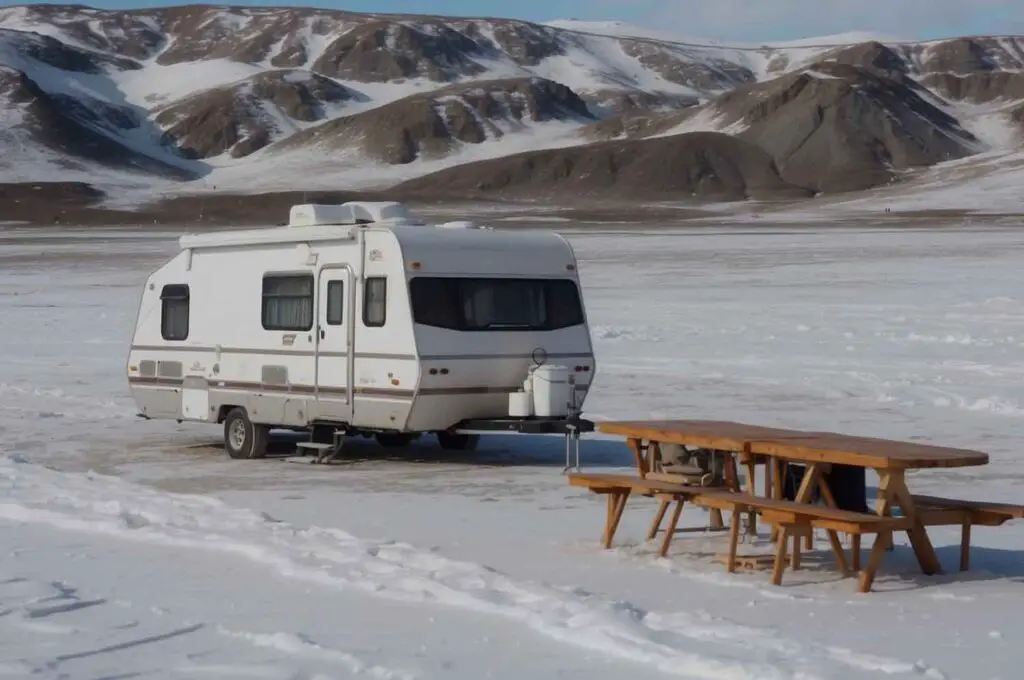
A high-capacity furnace is essential for maintaining warmth in your travel trailer during cold weather. Look for brands that are well-known for offering exceptional quality, such as Lance and Arctic Fox. These RVs are designed to provide optimal heating capabilities, making them suitable for winter camping.
Enclosed Underbelly
An enclosed underbelly not only provides further insulation but also helps protect important components such as water tanks and plumbing from freezing temperatures. An enclosed design keeps cold air, moisture, and debris out, ensuring both the RV’s insulation and essential systems remain intact and functional.
By considering these features in your Arctic package, you’ll be well-prepared for chilly adventures and ensure your RV stays comfortable and protected.
Pre-Purchase Inspection
Before purchasing an RV with an Arctic Package, a thorough pre-purchase inspection is crucial. In this section, I will focus on three essential aspects to check during the inspection: Roof and Seals Check, Water Damage Inspection, and Furnace and Electrical Systems Test.
Roof and Seals Check
One of the most critical areas to inspect is the RV’s roof. The roof is the first line of defense against the elements and must be in excellent condition, especially for RVs designed for winter conditions. I will examine the condition of the roofing material for any signs of damage, wear, or leaks. Along with the roof, it’s essential to check the seals around all the windows, doors, and other openings to ensure they are watertight and well-maintained. Additionally, don’t forget to ask the seller about the overall condition of the RV.
Water Damage Inspection
Next, I’ll focus on detecting any signs of water damage in the RV. Water damage can quickly escalate and cause significant issues, such as mold and rot, if left unchecked. It’s crucial to inspect the walls, flooring, and ceiling for any signs of water damage, including stains, discolored surfaces, and soft spots. Keep an eye out for any musty odors or visible mold, as these can indicate a hidden leak or water damage. Here is a checklist to ensure no details are missed during the inspection.
Furnace and Electrical Systems Test
Finally, I will test the furnace and electrical systems. An efficient heating system is necessary to maintain comfort in colder months, and furnace issues can be costly to repair. I will ensure the furnace is functioning correctly and efficiently. Alongside, I will also verify that the electrical systems and appliances are in good working order. Check for any signs of wear or damage on wires, outlets, and breakers. Having a well-maintained RV ensures a pleasant experience and avoids costly repairs in the future.
As I follow this inspection process, I am confident that my RV purchase will be suitable for winter conditions, keeping me warm and safe while exploring the great outdoors.
Choosing the Right RV Model
When it comes to selecting the perfect RV for your needs, there are several factors to consider. In this section, I’ll discuss the different types of RVs, whether to buy new or used, and the pros and cons of purchasing from a dealership or a private seller.
Travel Trailer vs. Fifth Wheel vs. Motorhome
Before making a decision, it’s important to understand the difference between a travel trailer, fifth wheel, and motorhome. A Class A motorhome is typically the largest and most luxurious option but can also be the most expensive. Travel trailers are more affordable and can be towed by your vehicle, providing greater flexibility. Fifth wheels, on the other hand, tend to offer more living space and require a special hitch in the bed of your truck for towing.
It’s crucial to evaluate the roof construction and insulation in each type since the performance of the Arctic Package depends on these factors. Proper roofing and insulation will ensure that your RV stays warm and protects against harsh weather conditions.
New vs. Used RV Considerations
While purchasing a new RV grants you the latest features and a warranty, it can come with a hefty price tag. On the other hand, opting for a used RV can save you money, but it’s essential to inspect the vehicle thoroughly and be mindful of its insulation and overall condition. Additionally, pay close attention to the insulation’s R-value, as it affects the performance of the Arctic Package.
I recommend looking into reputable brands such as Winnebago or Jayco, as their RVs are known for quality construction and reliability. Don’t forget to review their policies on warranty and refund management before making a purchase.
Dealership vs. Private Seller
When buying an RV, you have the option of purchasing from a dealership or a private seller. Dealerships generally offer a wide selection of RV models and might provide additional services, like financing options, maintenance packages, and after-sales support. However, dealers might have higher prices when compared to private sellers.
Private sellers, on the other hand, can potentially offer competitive prices as they usually don’t have overhead costs associated with running a business. Before making a decision, ensure that the seller has all the necessary paperwork and that the RV’s Arctic Package is in good condition. Remember to ask about the RV’s service history, as this gives you an idea of how well it’s been maintained.
By taking the time to evaluate each of the factors mentioned above, I can increase my chances of selecting an Arctic Package equipped RV that will suit my needs and keep me comfortable during winter adventures.
Post-Purchase Strategies
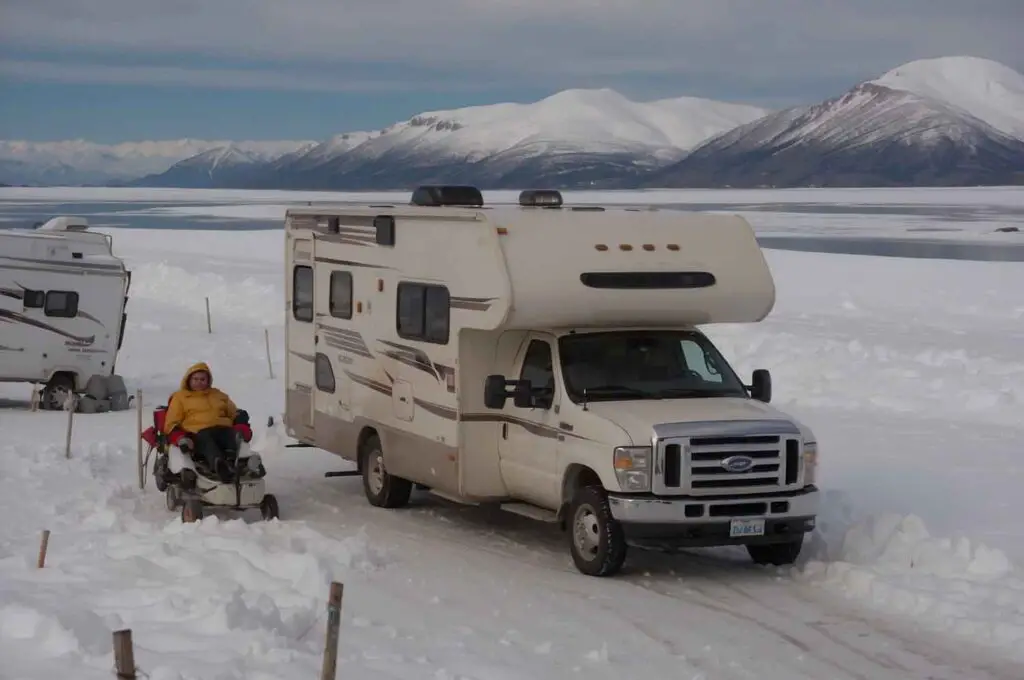
Effective Storage Solutions
After purchasing an RV with an Arctic package, I focus on maximizing storage space. I use collapsible or multi-functional furniture to optimize living areas. To further improve organization, I utilize must-have RV gadgets that help me store items safely and efficiently.
Energy Efficiency and Conservation Tips
An essential part of enjoying my RV in cold weather is ensuring energy efficiency. Here are a few tips I follow:
- Regularly maintaining my RV’s heating system for optimal performance.
- Insulating windows and doors with weather stripping or thermal curtains.
- Switching to LED bulbs as they consume less energy and last longer.
Conserving resources is also important. I take short showers and install low-flow water fixtures to save water. Additionally, I make sure that all appliances are turned off or unplugged when not in use.
Long-Term Maintenance Plan
A long-term maintenance plan is crucial to keep my RV in top condition. I develop a routine maintenance schedule that includes checking fluids such as RV slide-out lubricants and making necessary replacements.
I also pay attention to the exterior, such as cleaning and lubricating the RV door hinges and treating my RV awning with lubricants for smooth operation.
Taking care of my RV’s registration and insurance is another critical aspect of my long-term maintenance policy. This includes considerations such as registering my RV in another state when beneficial for tax and regulatory purposes.
By following these post-purchase strategies, I ensure that my RV stays well equipped, energy-efficient, and ready for the challenges of cold weather adventures.


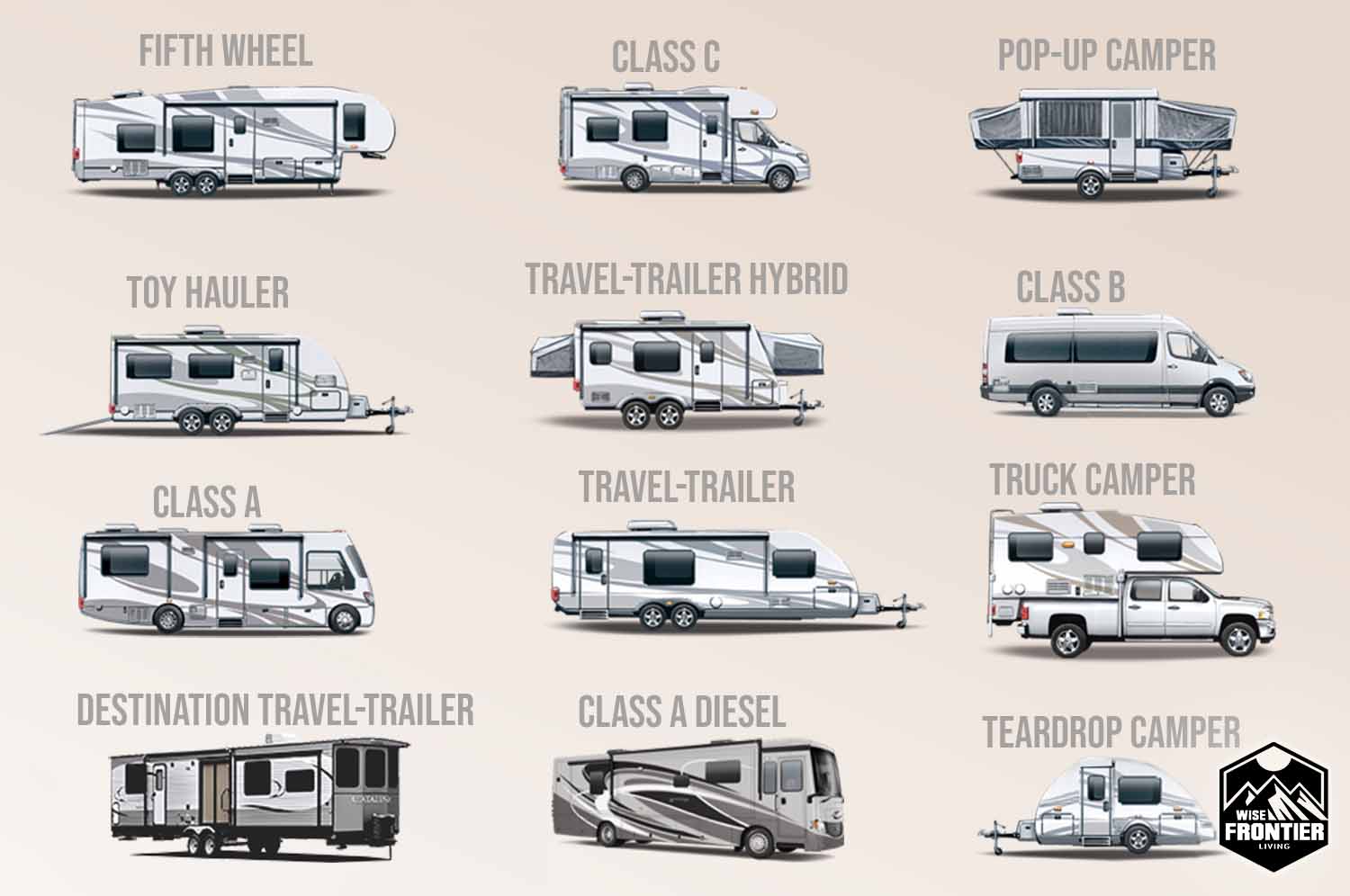

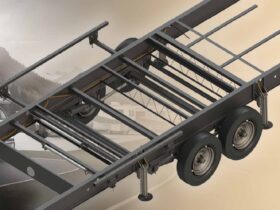
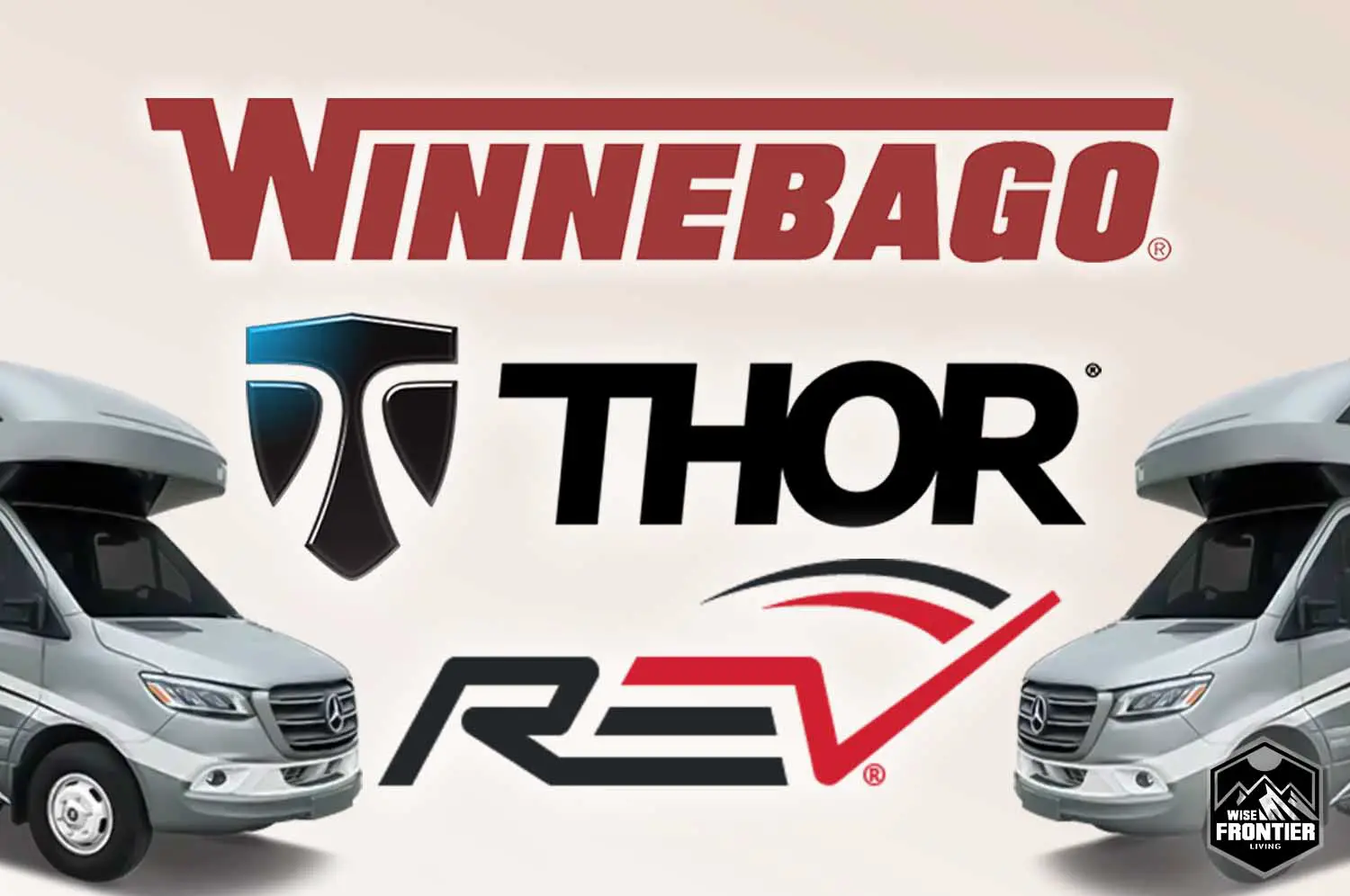
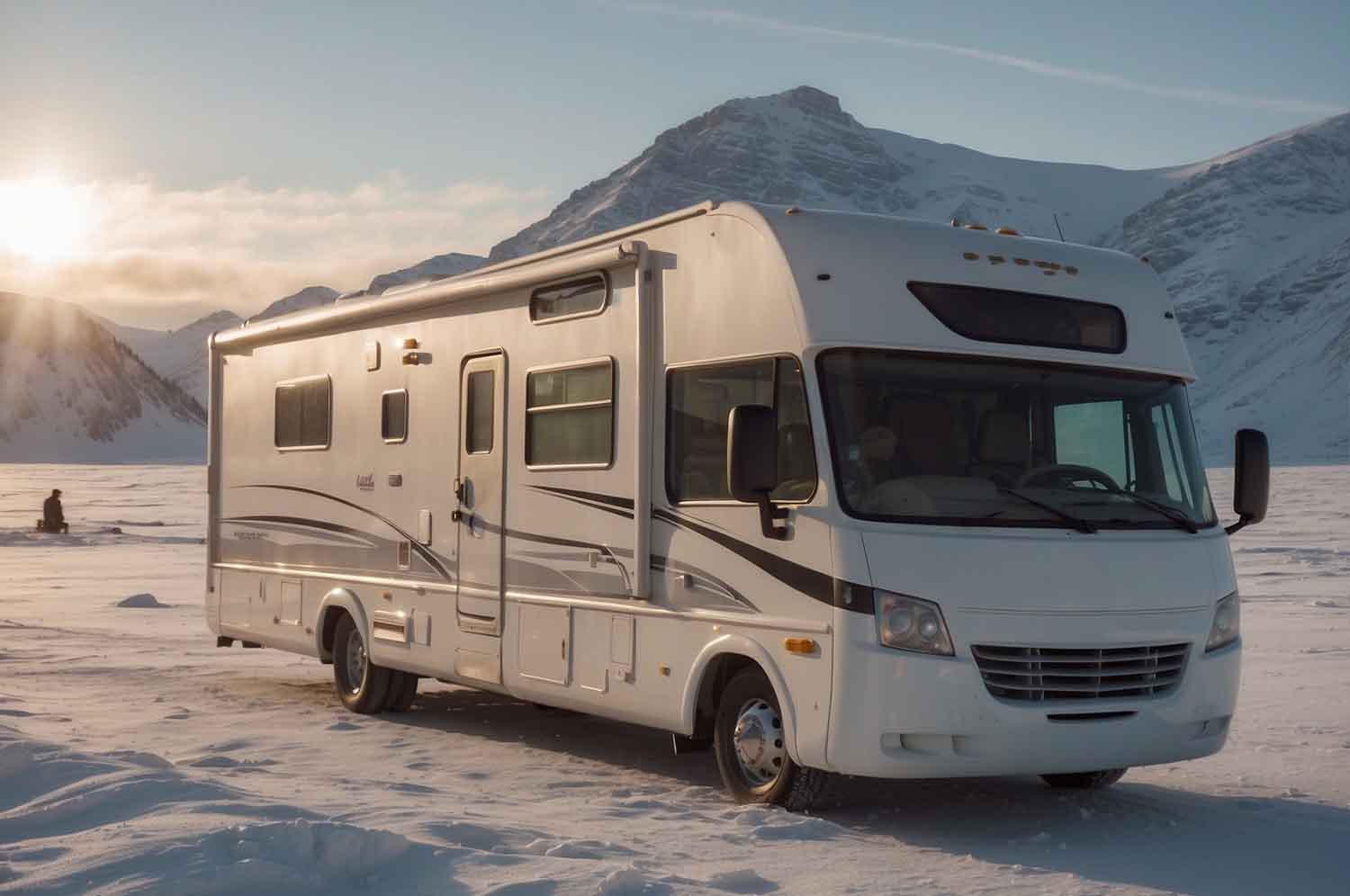

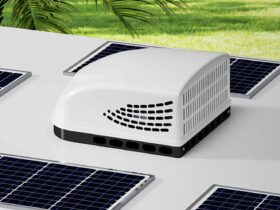
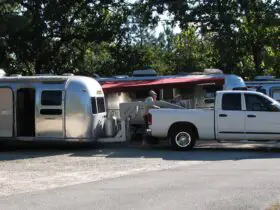
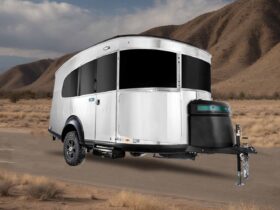

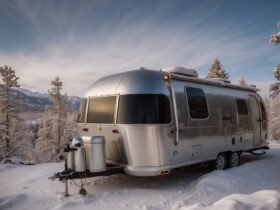
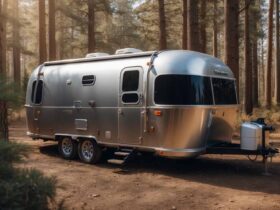
Leave a Reply